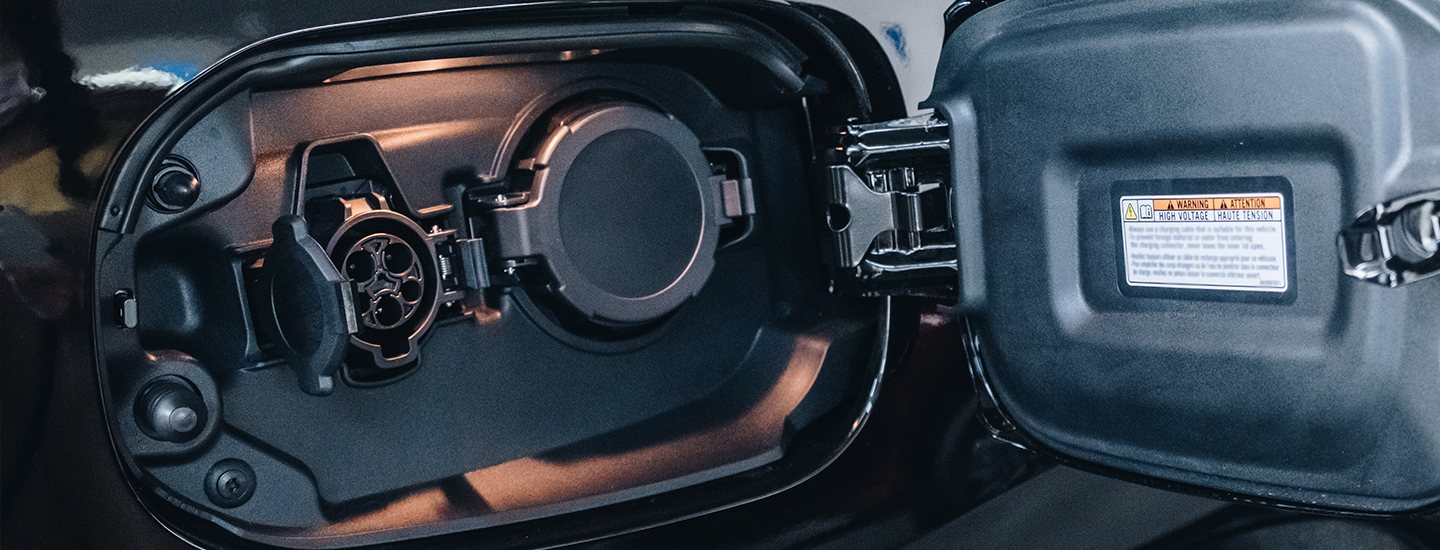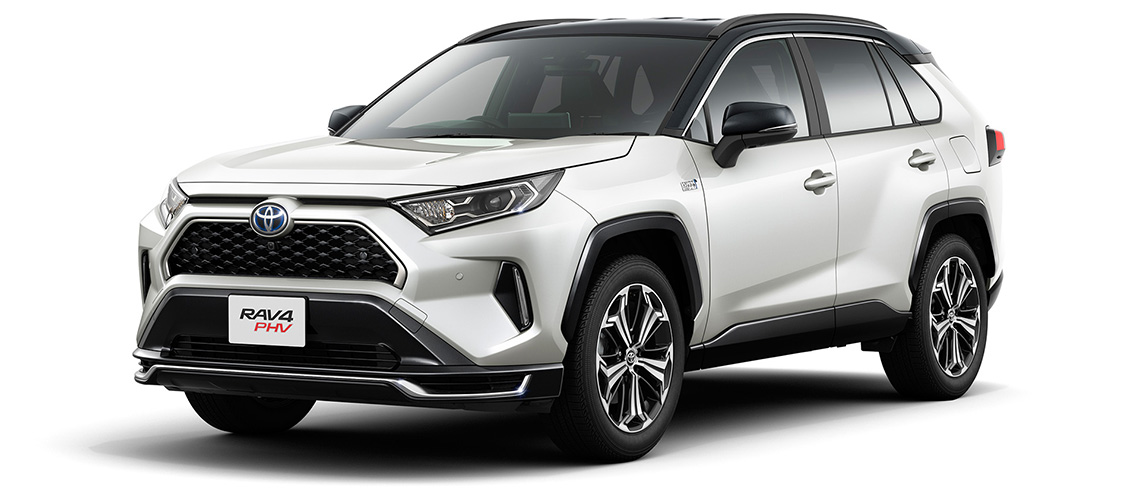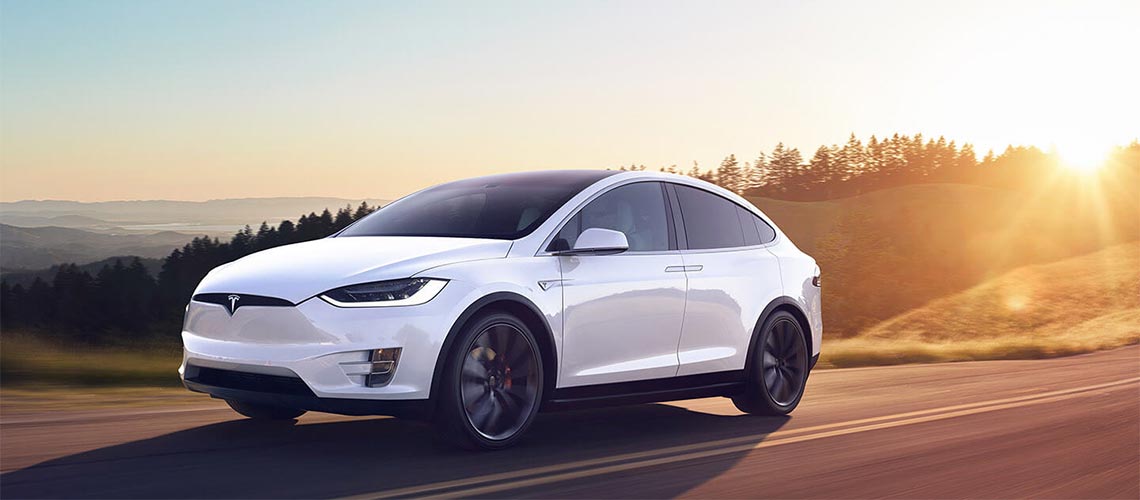

This website uses cookies to improve the user experience. We use cookies in accordance with our NRMA Group Cookie Policy.
This website uses cookies to improve the user experience. We use cookies in accordance with our NRMA Group Cookie Policy.

An electric vehicle, such as an electric car, uses one or more electric motors powered by a battery pack to accelerate and drive. Depending on the type of EV, the electric motor(s) either assist a conventional internal combustion engine (ICE) or power the car completely.
When talking about EVs, we generally refer to three main types of electric vehicles: hybrid electric vehicles (HEV), plug-in hybrid electric vehicles (PHEV) and battery electric vehicles (BEV).
A hybrid electric vehicle (HEV) combines a conventional internal combustion engine (ICE) with an electric motor and battery pack to reduce fuel consumption.
HEVs achieve this by using an electric motor to drive the car during conditions when an ICE is especially inefficient, like when accelerating from a stop. Hybrids can also favour the ICE unit when it is more efficient, such as cruising at highway speeds.
Hybrid vehicles are similar to drive to normal ICE vehicles, as owners can only top them up with traditional fuels (usually petrol).
HEV technology automatically charges the battery through what’s known as ‘regenerative braking’ and activates the electric motor system when conditions are suitable, meaning drivers do not have to monitor charge or plug the cars into power outlets.

Above: Toyota RAV4 Hybrid, Australia's most popular hybrid vehicle
A plug-in hybrid electric vehicle (PHEV) combines an ICE with an electric motor and battery pack similarly to a hybrid, however comes with distinct differences.
PHEVs generally have larger battery packs and more powerful electric motors than hybrids, as the electric system does a lot of the heavy lifting while driving. This means PHEVs can be driven in electric-only mode, switching the ICE off entirely.
Driving a plug-in hybrid is similar to driving a hybrid, as the car will automatically recharge the battery and switch between ICE and electric power based on conditions. However, drivers have the choice of topping up PHEVs with both fuel and electricity.
A PHEV can run on just petrol if all battery charge is used up, and battery charge alone if all fuel is used up.

Above: Mitsubishi Outlander PHEV GSR plug-in hybrid electric vehicle
A battery electric vehicle (BEV) is considered to be an ‘all-electric’ or ‘full-electric’ car. BEVs are powered exclusively by electricity, with their electric motors drawing current from onboard battery packs. BEVs do not have any form of ICE.
Given that BEVs rely solely on electricity, they tend to have much larger capacity batteries and kilowatt-hour (kWh) outputs than comparable hybrid and plug-in hybrid electric vehicles. This extra battery tech typically results in BEVs costing more than other types of EVs.
BEVs need charge to be driven. This can be done through either a home charger or fast charging station, or energy recouped by regenerative braking.

Above: Tesla Model X battery electric vehicle
Mild-hybrid electric vehicles (MHEV) and fuel cell electric vehicles (FCEV) are two other variants of electric vehicle also available in Australia.
A mild-hybrid electric vehicle uses a 48-volt starter motor, known as an integrated starter generator (ISG) to supplement the ICE. Contention remains about whether MHEV can be considered an EV, as the ISG only aids the ICE, but cannot accelerate the vehicle by itself.
Fuel cell electric vehicles (FCEV) are similar to BEV in that they only use electrical energy to drive, however the way they store energy is very different.
Unlike BEVs, which store electrical energy taken from a charger, FCEVs create their own electrical charge through a chemical reaction generally involving hydrogen. This means FCEVs can be filled with hydrogen and don’t require ‘charging’ from the grid.